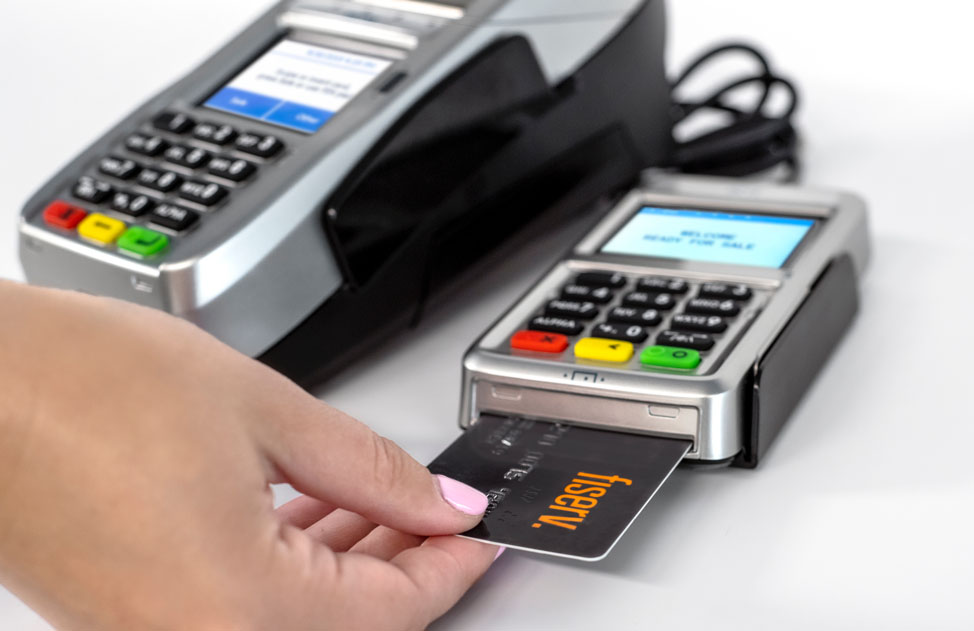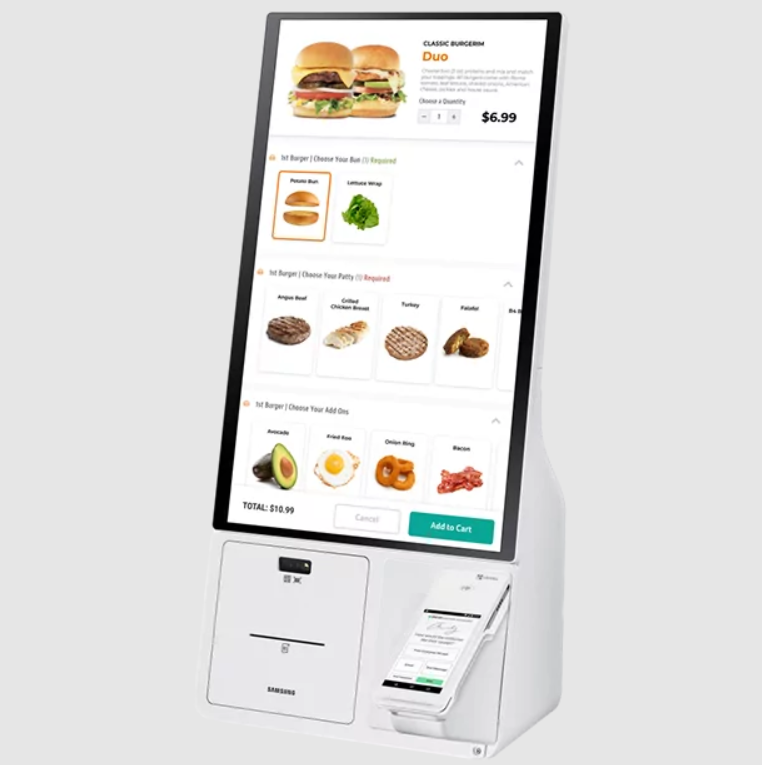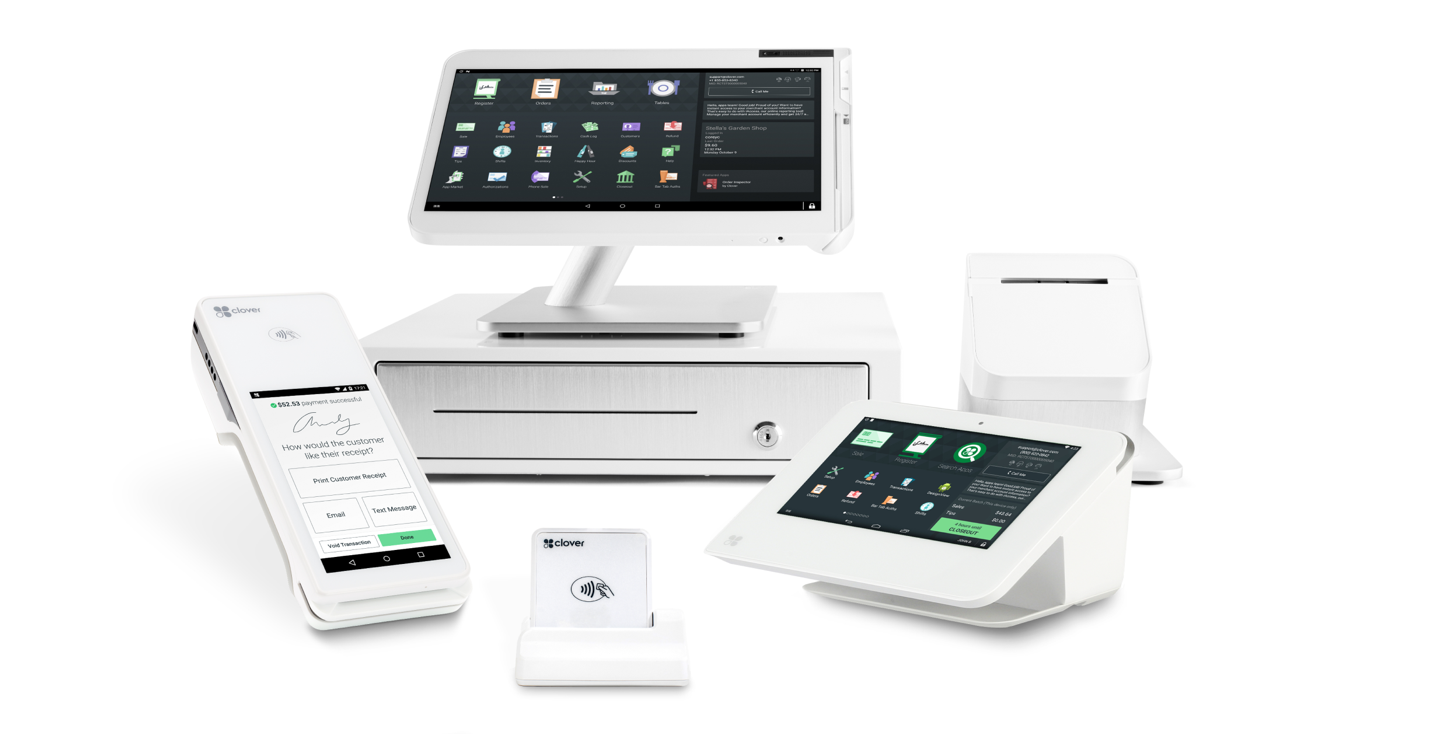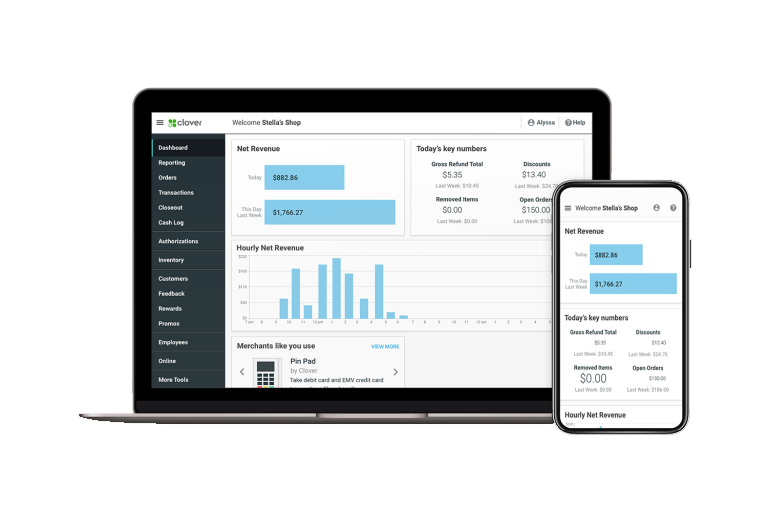If you’ve been in business for any length of time, chances are you’ve had to deal with customer chargebacks. A chargeback occurs when a customer disputes a charge on his or her credit card bill. Some chargebacks are legitimate, some deliberately fraudulent, and some are in-between.
What all chargebacks have in common is that they cost your business real money. Read on to better understand what chargebacks are and how they work.
Different Types of Chargebacks
There are several different circumstances that can result in chargebacks to your payment processing account. These include:
- Merchant error. This happens when you make some sort of error on a customer’s charge card bill, such as billing the wrong amount or making a duplicate charge.
- Service error. You could be liable for a chargeback if you have a poor return policy, sell a defective product, or don’t fully deliver on services promised and the customer wants a refund.
- Unrecognized charges. This type of chargeback is most often initiated when a customer disputes a charge because he doesn’t recognize it on his billing statement.
- Consumer fraud. Some customers try to “game” the system by claiming they didn’t receive a product or service ordered. They try to weasel out of paying for the product or service by disputing the charge. (This type of fraud is most common if the merchant hasn’t enabled chip card processing.)
- Criminal fraud. This type of chargeback occurs when a criminal uses a stolen card to make a purchase. (As with friendly fraud, criminal fraud can be reduced by requiring PIN entry with a chip card.)
The chargeback occurs when the customer complains to his or her credit card company. If the complaint is found legitimate or not adequately disputed by the merchant, the customer will receive a refund and the merchant will be charged back the amount of the purchase.
Chargebacks Cost You Time and Money
There are many costs associated with chargebacks – some obvious, some not so.
The first and most obvious cost is the refund of the original charge. Assuming you didn’t get the product actually returned, you’re out the cost of that product – and, in the case of services rendered, the cost of that service. You’ll also have to refund the cost of any shipping or handling on the original bill.
The second, less obvious cost involved the cost of processing the original transaction. That’s the fee you pay to your payment processor, including the interchange fee.
Next, you’ll be charged a variety of chargeback fees by the payment processor. These are designed to cover the costs of the chargeback process and can range from $20 to $100.
Finally, you’re out the time and effort involved to research and possibly dispute the chargeback. Time is money, and chargebacks take time for all parties involved.
How the Chargeback Process Works
The chargeback process is typically initiated when the cardholder examines his or her bill and finds a charge they don’t recognize. The cardholder contacts the issuing bank, perhaps asks a question about that charge, and then requests a refund – what we call a chargeback.
The issuing bank now contacts the acquiring bank about the charge in question. That bank informs the merchant of the chargeback request. The merchant then has a specified time period to respond to the request, typically 7 days or so. (See the chargeback notification for the actual due date for your response.)
If the merchant disputes the chargeback, he must provide documentation showing that this is a legitimate charge – typically a valid copy of the transaction receipt, confirmation of items delivered, or something similar.
The acquiring bank then makes a judgment as to whether the chargeback is valid. In most cases, the bank sides with the customer, not the merchant. If the chargeback is accepted, the issuing bank refunds the customer’s money. The merchant is then charged for the refunded amount plus applicable chargeback fees.
Know that if you receive a chargeback it’s immediately deducted from your merchant account when the chargeback claim is filed. If you successfully dispute a claim then the funds will be returned to your account when the process is over. Chargeback fees are charged on your monthly statement, along with your normal monthly fees.
How to Handle Chargebacks
As a merchant, how should you respond if you receive a chargeback?
The first thing to do is to research the transaction. If it’s the result of a legitimate customer wanting a refund, contact the customer directly. It’s easier and better for all concerned if you handle returns one-on-one with the customer rather than the customer avoiding you to request a chargeback from the charge card company.
If you dispute a chargeback, contact your payment processor immediately. The faster you respond the more quickly the situation can be resolved – hopefully in your favor. Make sure you respond with as much documentation you can provide.
How to Reduce Chargebacks
Know that chargebacks are designed to protect consumers from fraudulent transactions (typically stolen cards or card numbers) and from unscrupulous merchants. It’s important that you do all you can to protect your business from similar fraud and from unscrupulous consumers.
Fortunately, there are several steps you can take to reduce chargebacks in your business. Look for our next blog post to learn more!
Our company
Learn more about what Higher Standards does, and why.
Our team
Meet the Higher Standards management team and our network of expert advisors.
Join our team
Learn how to become an independent Expert Advisor for Higher Standards.
Our GIVE BACK program
Learn how your company’s payment processing can support your favorite church or non-profit.
Credit card processing
Choose the best and most affordable processing solutions for your business.
Ecommerce processing
Grow your business with safe and affordable online payments.
B2B payment processing
Realize significant savings on Level 3 transactions with other businesses.
Electronic check & ACH payments
Accept electronic check and ACH payments quickly and securely.
Merchant cash advances
Tap into future credit card sales to gain access to working capital today.
Gift cards & loyalty cards
Offer gift cards and loyalty cards online and at point of purchase.
Processing for K-12 schools
Accept credit and debit cards for school meals, events, and fundraisers.
Give Back Gateway for non-profits
Software and processing that let churches and non-profit organizations accept online donations.
HS PayBridge
Integrated payment solution for city and state governments, school districts, childcare centers, athletics, and more.
Terminals
Kiosks
POS systems
Complete point-of-sale systems to help you manage your entire business.









